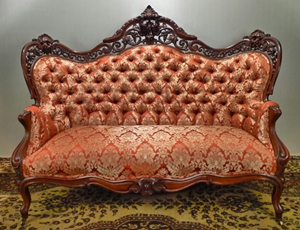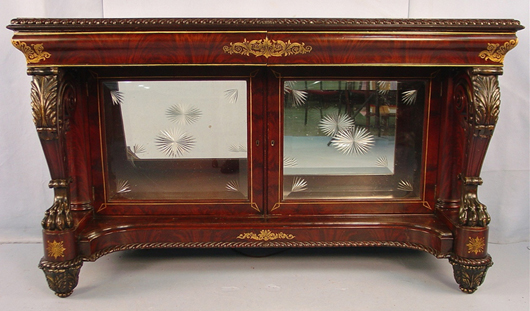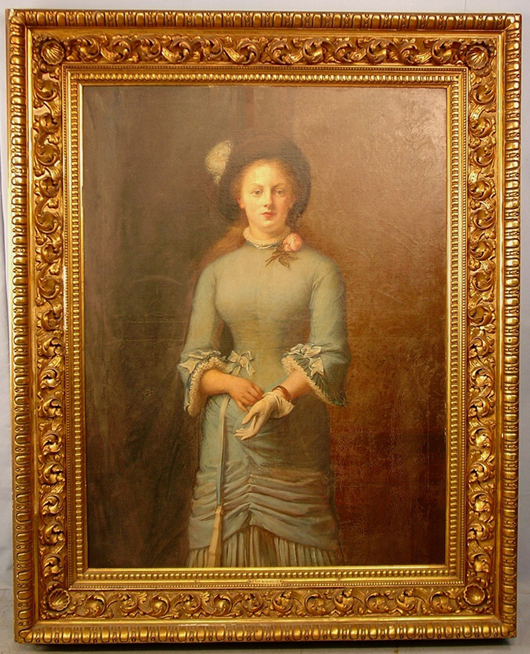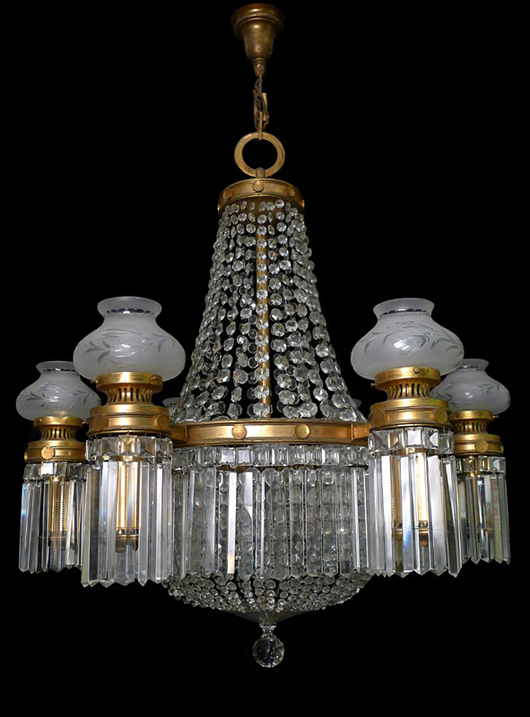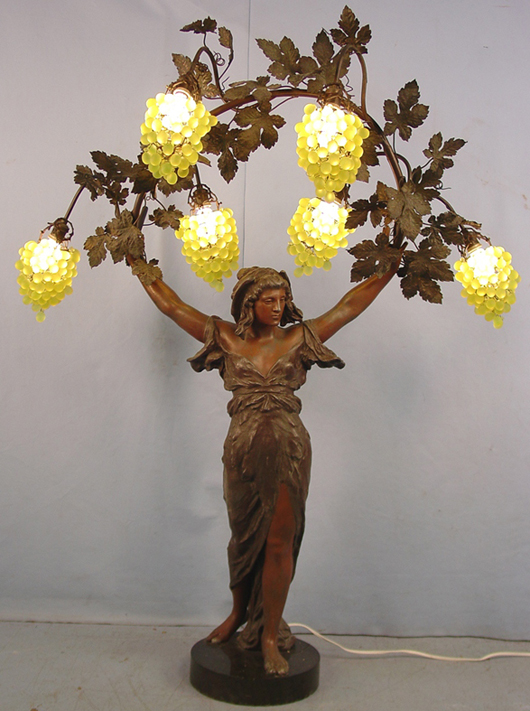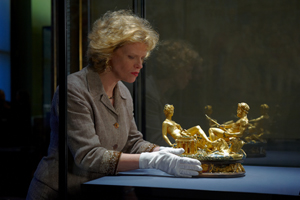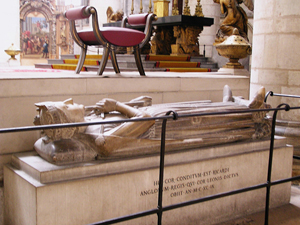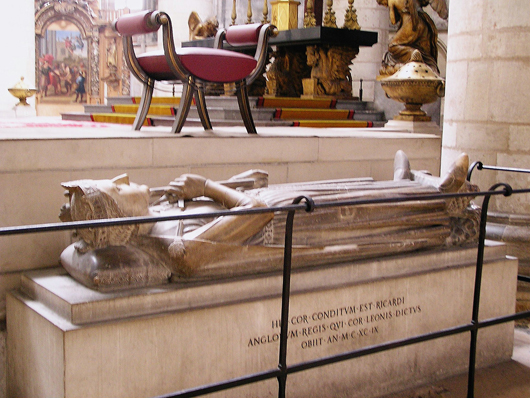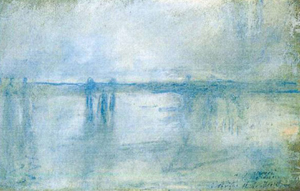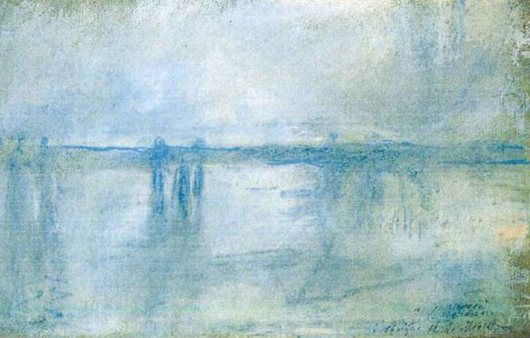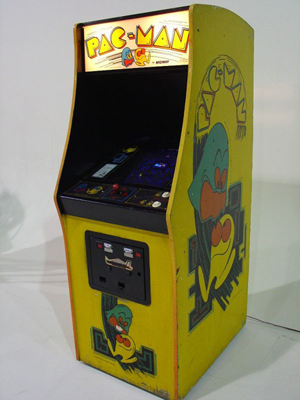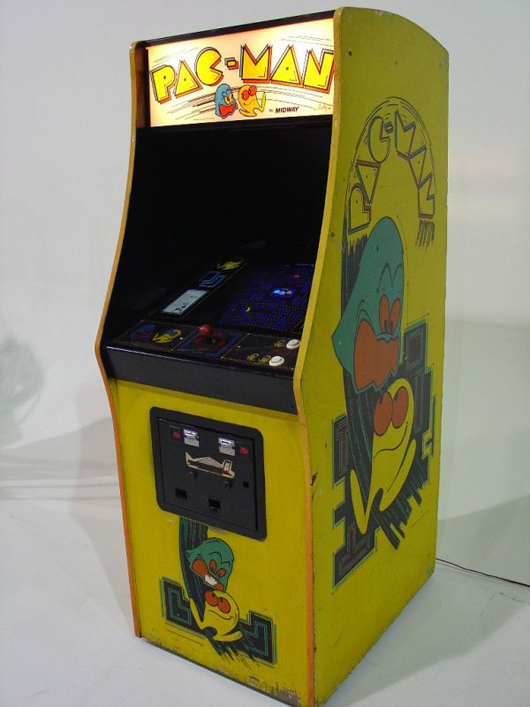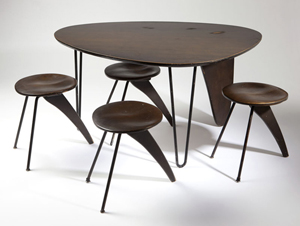
The stars of the evening at Moran’s Feb. 5 Decorative Art Auction were these Isamu Noguchi ‘Rudder’ Model IN-22 stools and Model IN-20 table, which collectively realized $124,200. John Moran Auctioneers image. PASADENA, Calif. – John Moran Auctioneers’ Decorative and Fine Art Auction on Feb. 5 was an exciting spectacle for collectors of mid-century modern design and Native American artifacts. The saleroom was energized by a crowd of motivated bidders attracted by the high quality property consigned from private collections and estates.
LiveAuctioneers.com provided Internet live bidding.
The large room at the Pasadena Convention Center was filled with hundreds of floor bidders, joined by more than 600 other prospective buyers bidding online and via telephone. The sale achieved a 90 percent sell-through rate for the 446 lots.
Much of the electricity in the highly charged atmosphere was generated by an exceptional group of furnishings by renowned mid-century modern designers. They were led by a dining set designed by Isamu Noguchi (1904–1988) for Herman Miller in 1944, comprising four “Rudder’’ Model IN-22 stools and a Model IN-20 table. The discovery of the group, in the sewing room of the former owner, was a bonanza. Even a single Rudder stool is an exceptionally rare sighting. The Rudder stool, which is constructed of a shaped wooden seat mounted to a single parabolic wooden leg and two straight metal legs, was manufactured for only a short time, and the production line model was normally made with either a natural birch finish or an ebonized finish to the wood, with the metal legs in a chrome finish. The examples offered at Moran’s were unsigned, and exhibited certain idiosyncrasies, such as an unusual tobacco-brown stain on the wooden parts and a black finish on the metal legs, as well as tool marks to the hardware and other signs of handiwork not typical of production line pieces.
Offered singly in four lots, each carried a conservative presale estimate of $3,000–$5,000. Moran’s expectations for prices well above this level grew steadily in the days leading up to the sale, as inquiries poured in and interest from well-known dealers and modern design experts grew intensely keen. While the experts’ opinions varied, some of those who previewed the stools speculated that they were possibly prototypes made in Noguchi’s studio.
The bidding for each lot showed the same pattern, starting off tumultuously, the bids flying fast and furious with auctioneer and president John Moran expertly controlling the melee, then winding down to a tussle between three floor bidders. Each stool ultimately went to the same buyer, individually realizing $24,000, $22,800, $36,000 and $30,000. Combined with the price of $11,400 achieved for the table, the group realized a collective $124,200. (All prices quoted include the buyer’s premium of 20 percent for cash payment or 22.5 percent for credit card payment.)
Other highlights from the modern design category included:
– Seven lots of verdigris bronze tubular patio furniture designed by Walter Lamb for Brown-Jordan, including tables, chairs, rockers, chaise lounges and a settee, for a total of 19 pieces, collectively realized $20,880.
– A circa-1960 example of the Arredoluce “Triennale’’ three-arm floor lamp, an Italian classic that is still in production (estimate $1,500–$2,500) found a buyer at $3,368.75.
– A color lithograph titled Dog Barking at Moon by Mexican artist Rufino Tamayo (1899–1991) achieved $5,819 (estimate: $1,500–$2,500).
Three lots of art glass by contemporary American master Dale Chihuly (b. 1941), each consigned from a private collection in Seattle: a flamboyantly colored “Macchia” basket (estimate: $2,000–$4,000) realized $5,400, another “Macchia” featuring a speckled cobalt body and red lip wrap (estimate: $2,000–$3,000) that also realized $5,400, and a two-piece “Seaform” set in striated pink with black lip wraps (estimate: $2,000–$3,000) sold for $5,206.
Arts and Crafts objects were also well represented in Moran’s 20th century design selections, with 28 lots led by a large collection of art pottery as well as Gustav Stickley oak furniture, lighting and metalware by Tiffany Studios and Dirk van Erp. Copper and mica lamps by West Coast craftsman Albert Berry (1878–1967) are a rare and much sought-after find, and the one offered at Moran’s was gracefully designed with a gently flaring bell-shaped shade. Offered for $2,000–$3,000, it realized $11,400.
Based in Southern California, Moran’s is well known for its success in selling Native American objects, and since their record sale in June 2012 of a Navajo First-Phase chief’s blanket for $1.8 million, Moran’s has attracted a deluge of consignments in the category. The house achieved yet more success with Navajo textiles on Feb. 5, selling a 1920s pictorial rug woven in red, cream and black wool with cow figures in each of the four corners (estimate: $1,000–$1,500) for $5,100, and a Second Phase woman’s wearing blanket for $5,100, well above the estimate of $2,000–$4,000. A Southern Plains beaded umbilical fetish also far surpassed expectations, realizing $2,280 (estimate $800–$1,200).
For more information contact the offices of John Moran Auctioneers at 626-793-1833 or info@johnmoran.com.
View the fully illustrated catalog for John Moran Auctioneer’s sale Feb. 5, complete with prices realized, at www.LiveAuctioneers.com.
Click here to view the fully illustrated catalog for this sale, complete with prices realized.
ADDITIONAL LOTS OF NOTE
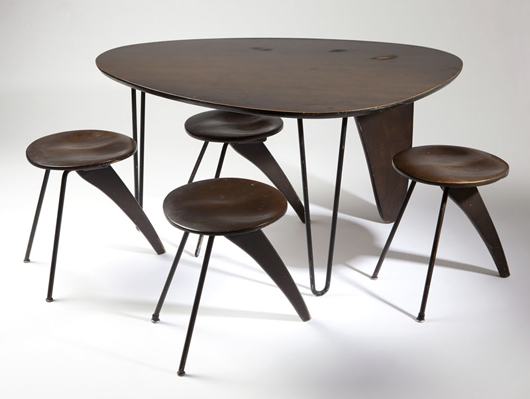
The stars of the evening at Moran’s Feb. 5 Decorative Art Auction were these Isamu Noguchi ‘Rudder’ Model IN-22 stools and Model IN-20 table, which collectively realized $124,200. John Moran Auctioneers image. 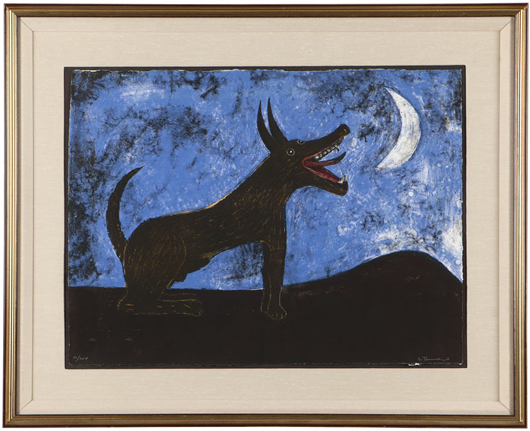
‘Dog Barking at Moon’ by Mexican artist Rufino Tamayo generated considerable interest, attracting numerous bidders who raised the lithograph to a final selling price of $5,819. John Moran Auctioneers image.

Moran’s sold this Navajo pictorial rug dating from the 1920s for $5,100, well over the $1,000–$1,500 estimate, continuing a slew of successful sales for the house in this collecting area. John Moran Auctioneers image. 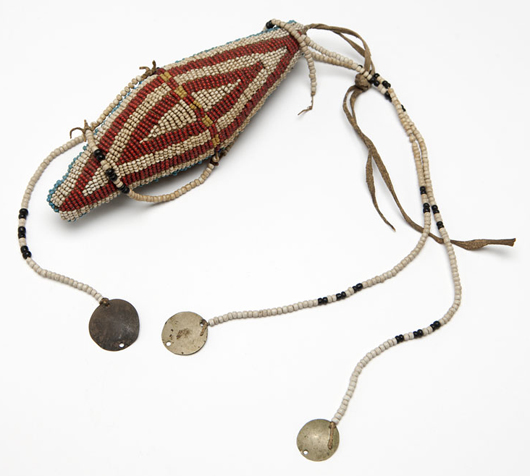
This Southern Plains beaded umbilical fetish in excellent condition sold for $2,280 on an estimate of $800–$1,200 at Moran’s Feb. 5 sale. John Moran Auctioneers image.


